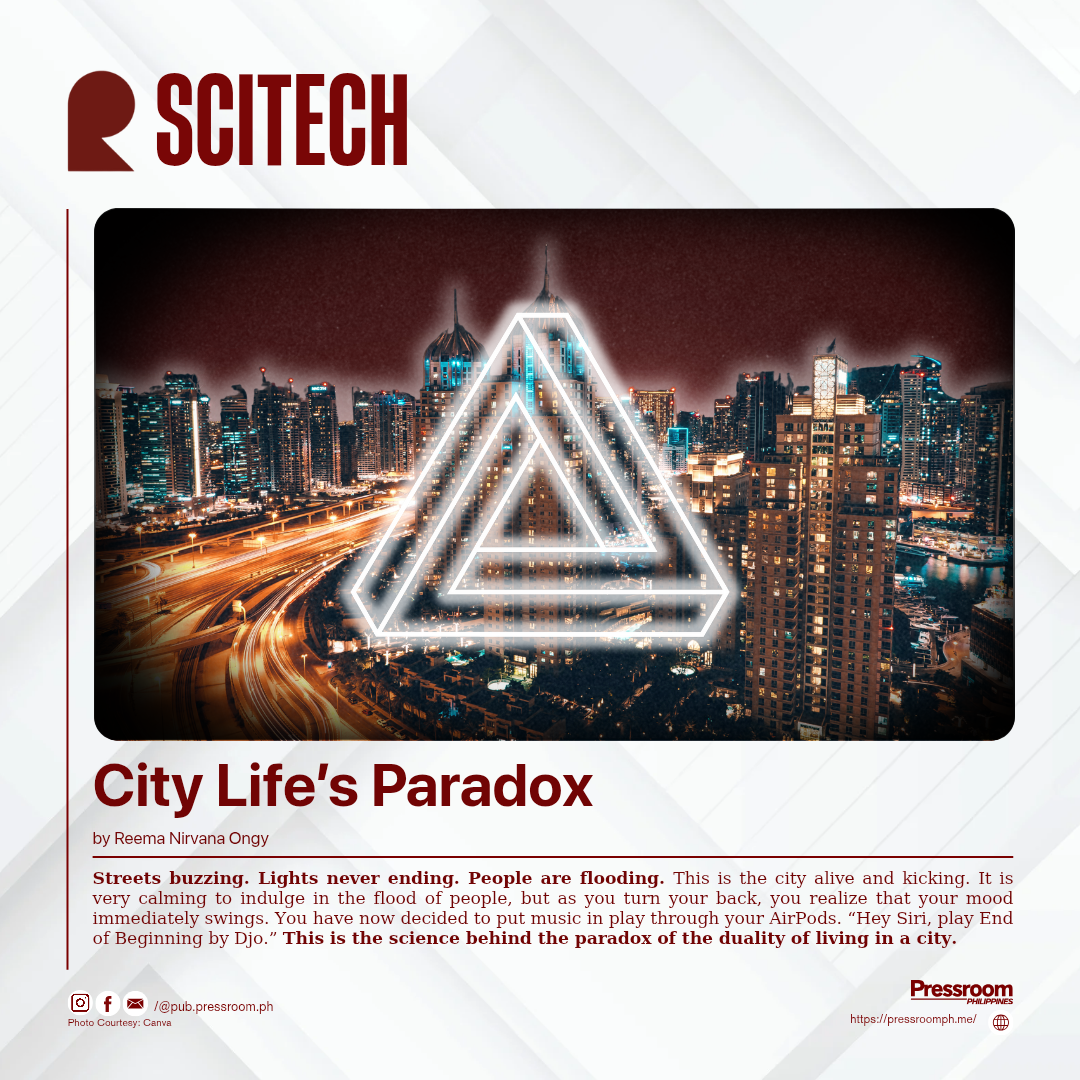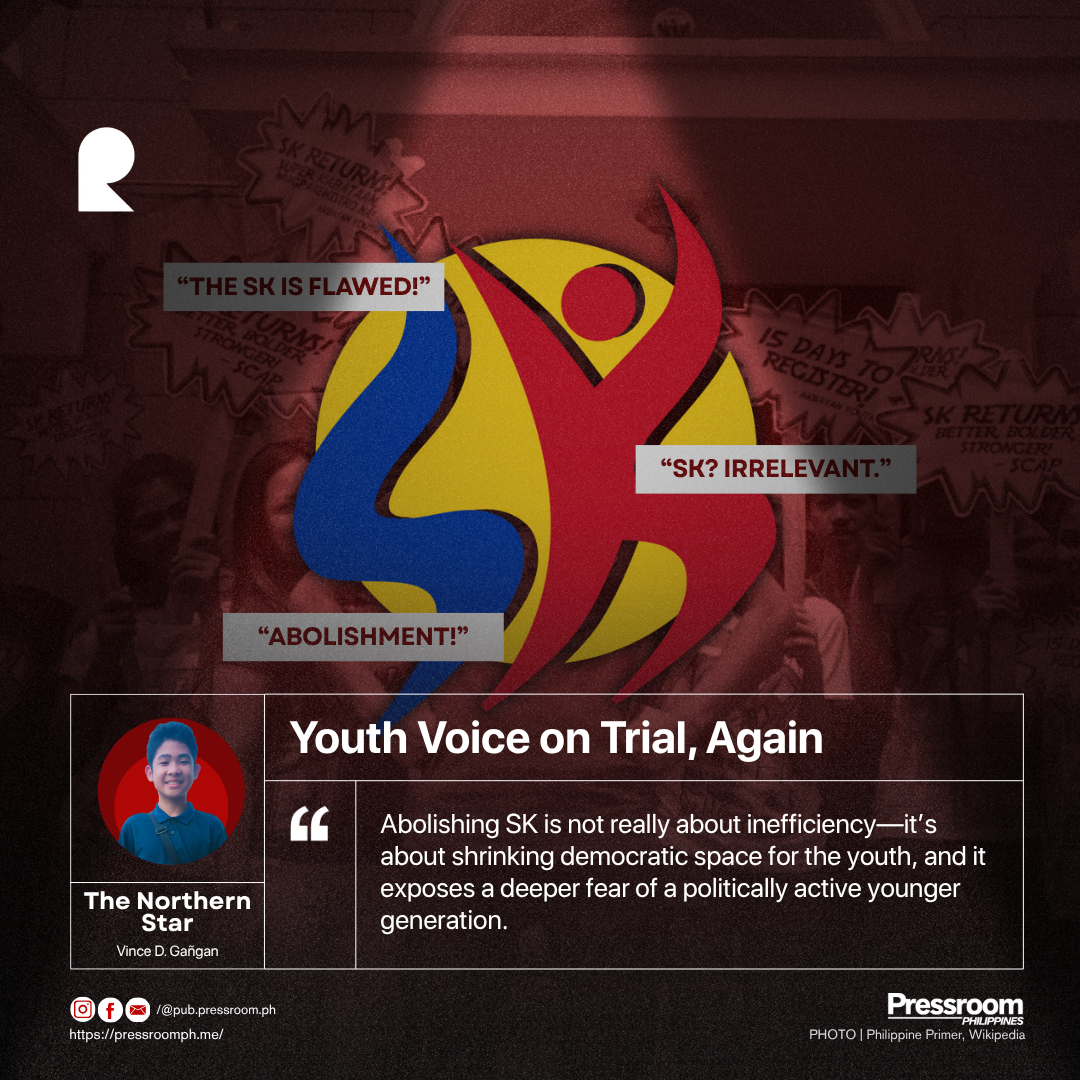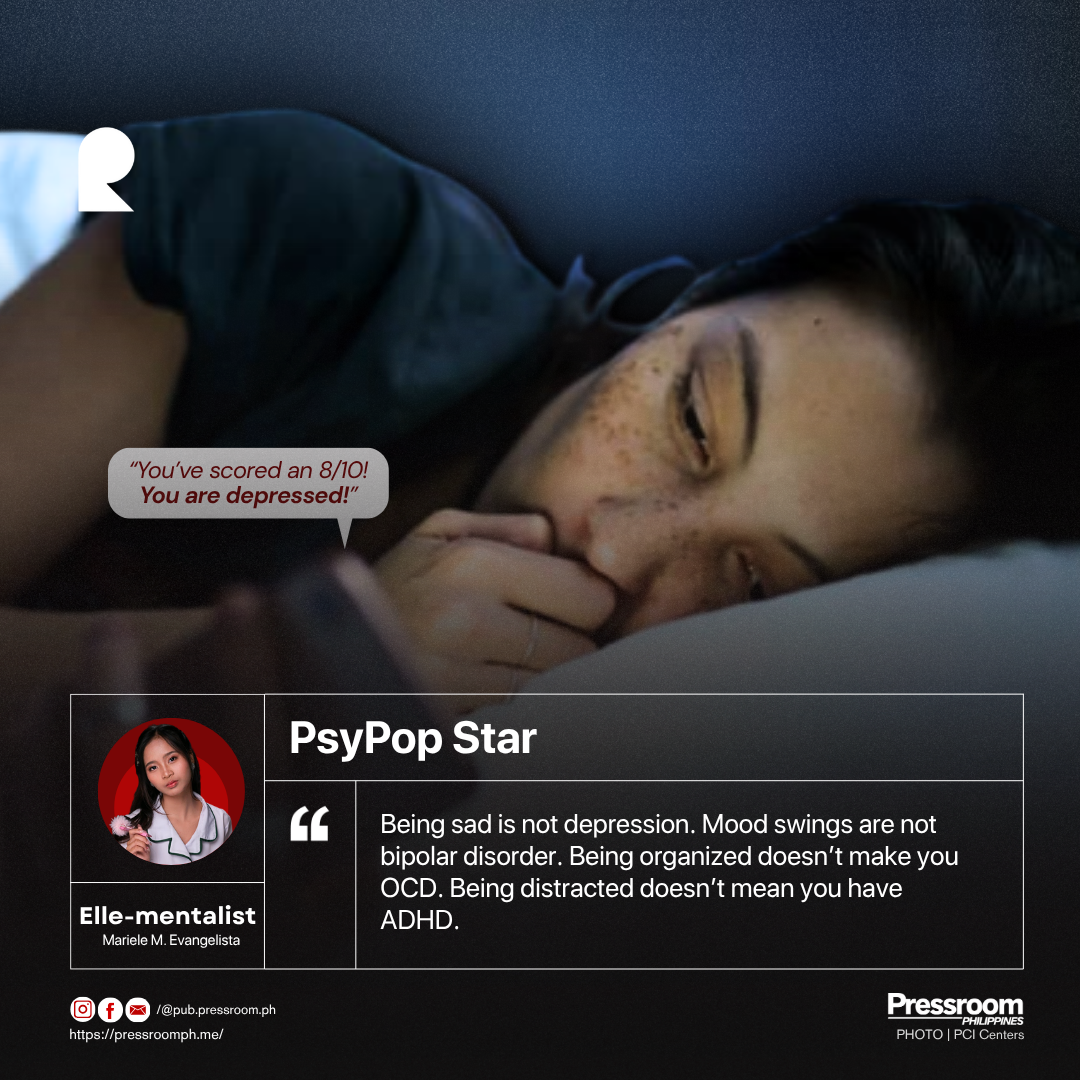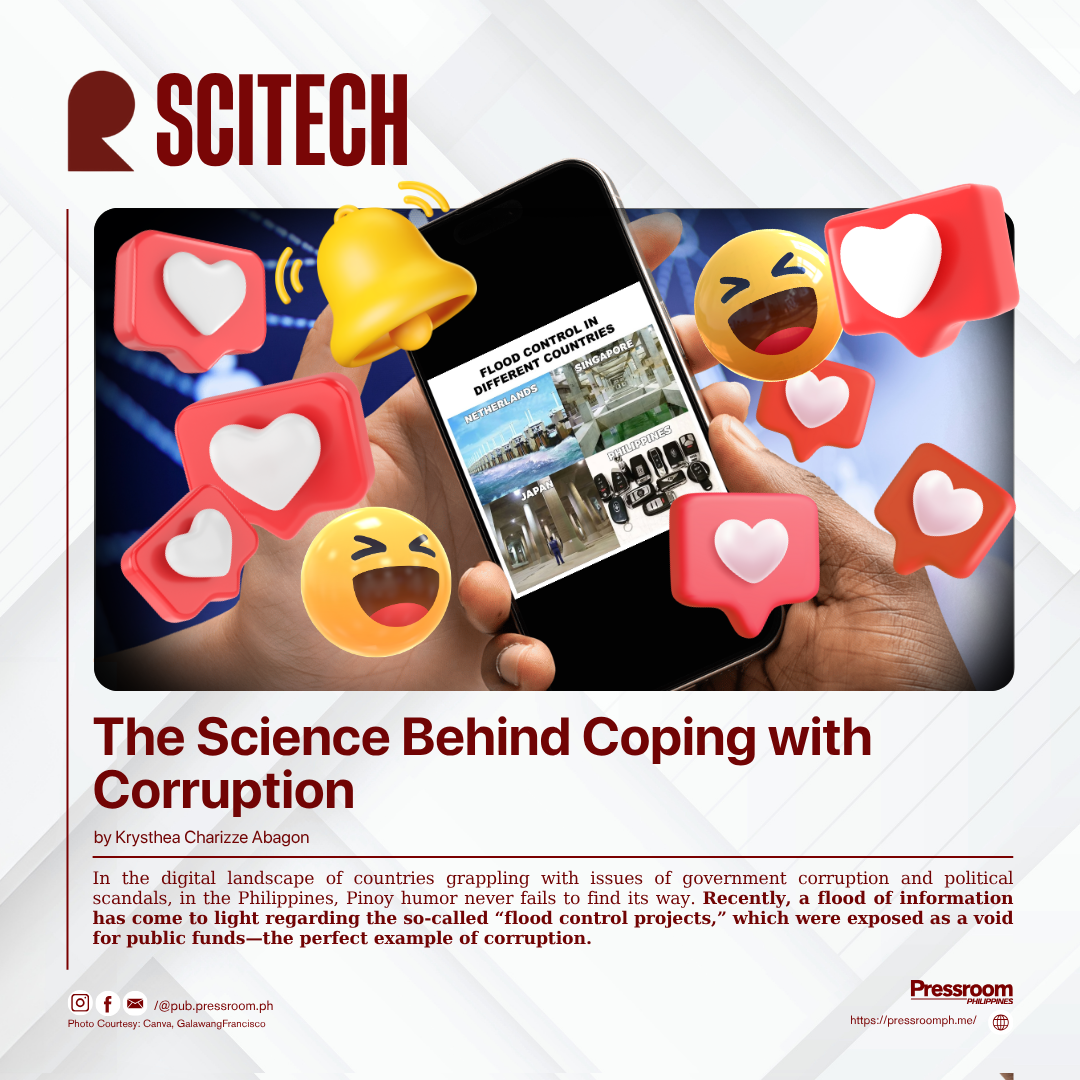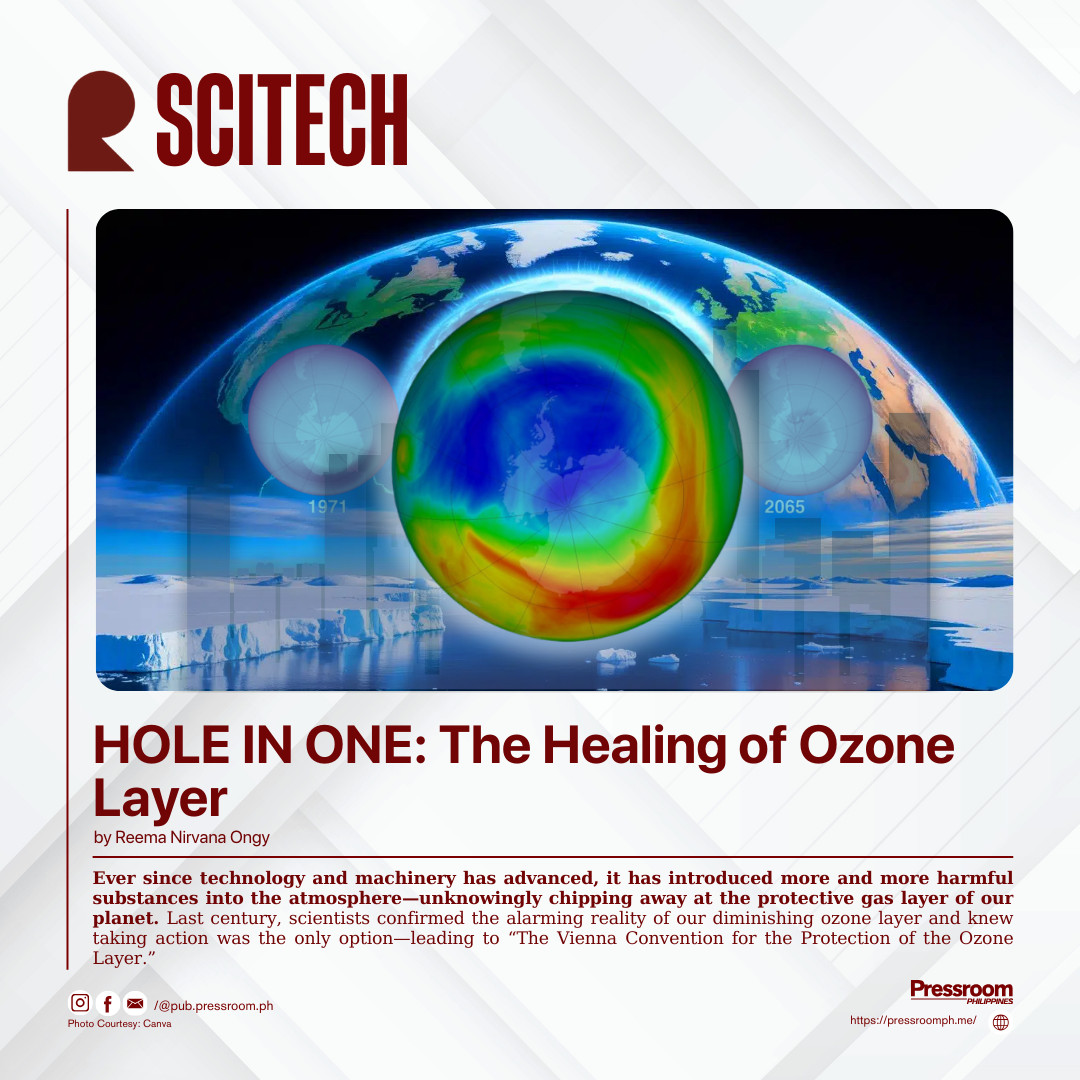Streets buzzing. Lights never ending. People are flooding. This is the city alive and kicking. It is very calming to indulge in the flood of people, but as you turn your back, you realize that your mood immediately swings. You have now decided to put music in play through your AirPods. “Hey Siri, play End of Beginning by Djo.” This is the science behind the paradox of the duality of living in a city.
Cities are exciting places to live. They are centers of culture, commerce, and innovation, offering people opportunities that rural areas cannot always provide. Schools, jobs, and entertainment are more accessible, while museums, theaters, and community events allow people to experience creativity and new ideas. Even socially, urban environments can be stimulating. A 2021 University of Chicago study found that residents of larger U.S. cities were less likely to report depression compared to those in smaller towns, suggesting that denser and more diverse social networks can help buffer stress. Living in a fast-paced environment may also sharpen adaptability, as people constantly practice filtering distractions and adjusting to change.
Still, the story is more complicated. Research shows that people who currently live in cities or were raised in them face a higher risk of certain mental health conditions, particularly anxiety and mood disorders. A 2011 study published in Nature found that current city living was associated with increased activity in the amygdala, the brain’s stress-processing hub, while being raised in a city was linked to structural changes in the anterior cingulate cortex, which regulates emotion and stress. Other studies also suggest that being born and raised in an urban setting may elevate the risk of disorders such as schizophrenia.
Physical health is affected as well. Air pollution, traffic noise, and the urban heat island effect, where cities are warmer than surrounding rural areas, contribute to problems such as respiratory illness, cardiovascular risks, and poor sleep. “Siri, play Where’d All the Time Go by Dr. Dog next.” Social challenges like overcrowding and visible inequality can also intensify stress and feelings of isolation. Cognitive strain is another factor: experiments show that walking in busy city environments can temporarily reduce attention and memory compared to walking in nature, suggesting that constant sensory overload drains mental restoration.
The reason city life feels both empowering and exhausting lies in how our bodies and minds respond. Constant noise and unpredictability increase stress hormone levels. Overwhelming sensory input causes mental fatigue. Visible inequalities heighten social comparisons, and a lack of accessible green spaces makes it harder for people to recover from daily pressures.
This paradox is visible in Philippine cities. Metro Manila, the country’s largest urban hub, has been increasing green cover in some areas. The Department of Environment and Natural Resources National Capital Region (DENR-NCR) reported efforts to rehabilitate waterways, plant trees, and expand green belts, but publicly accessible green space remains limited. Metro Manila has an estimated 5 square meters of green space per person, below the World Health Organization’s suggested minimum of 9 square meters. Many green areas are private or not usable for recreation, leaving a gap in equitable access to nature.
Air quality shows a similar challenge. The Environmental Management Bureau has reported a steady decline in PM10 and PM2.5 levels in Metro Manila since 2016, largely due to cleaner fuels and stricter vehicle emission standards. In 2024, Manila’s average PM2.5 concentration was around 17 micrograms per cubic meter, better than in past years but still three times higher than the World Health Organization’s recommended annual limit of 5 micrograms per cubic meter. “Siri, shuffle it and play Deslocado by Napa.” This means residents breathe air that is cleaner than before but still not fully safe by global standards.
Fortunately, science points to ways forward. Even small patches of greenery, from pocket parks to street trees, have been shown to improve mental well-being. Cleaner air, reduced noise, better housing, and accessible public transport can make cities more livable. Community spaces and social programs also strengthen connections, helping people share in the benefits of urban life.
By 2050, nearly 70 percent of the world’s population is expected to live in cities. The challenge is not whether urban life will dominate, but how it can be shaped to balance opportunity with well-being. Cities can spark creativity and resilience, but they can also increase stress and health risks if poorly designed. The future lies in building urban environments that uplift people, ensuring that the energy of the metropolis inspires growth rather than exhaustion.
Cities can be a safe haven for some and a destructive environment for others. This paradox highlights that there are pros and cons behind everything. Living in cities is a double-edged sword; it amplifies how humans cope differently and live uniquely. We are an evolving species, and we must adapt to the drastic changes this world can offer. Find beauty in it and work to solve the duality of this paradox. “Lastly, Siri, please play Wiseman by Frank Ocean.”
